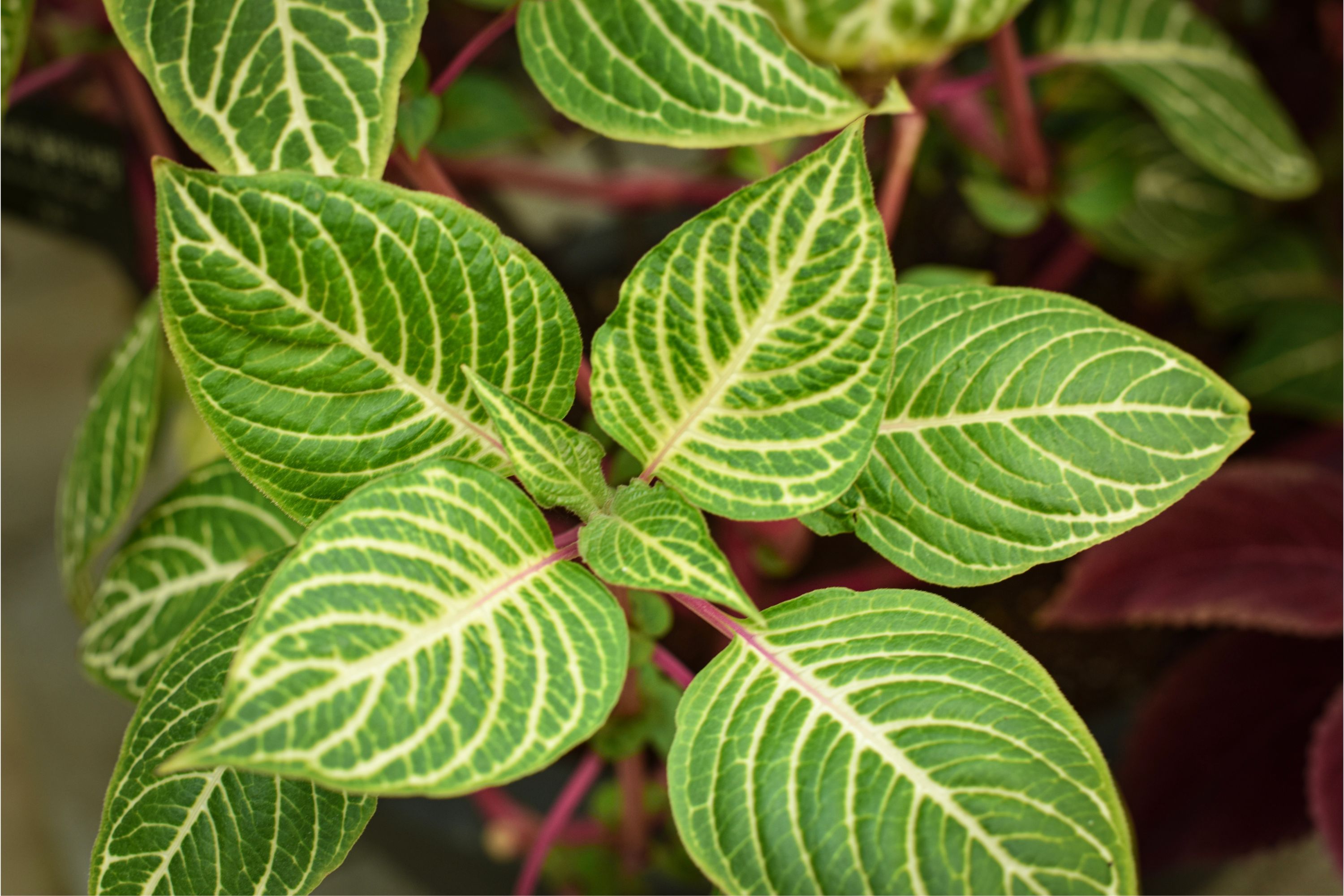Herbst's bloodleaf
(Iresine diffusa herbstii)

Description
Iresine diffusa herbstii, commonly known as Herbst’s bloodleaf, is a colorful plant species that belongs to the family Amaranthaceae. This vibrant and attractive plant is native to tropical regions of South and Central America, and has become popular among gardeners and plant enthusiasts worldwide. The plant is commonly grown as an ornamental plant due to its bright and striking colors. It is easy to grow and maintain, making it an excellent choice for both novice and experienced gardeners. In this article, we will explore the various aspects of Iresine diffusa herbstii, including its physical description, growing requirements, and uses. Physical Description Iresine diffusa herbstii is a herbaceous perennial plant that grows up to 1-2 feet in height, with a spread of up to 1-2 feet. The plant has a bushy and upright growth habit, with numerous branches that emerge from the base of the stem. The stems are succulent, green, and often tinged with red or purple, especially in full sun. The leaves are ovate to lanceolate in shape, with pointed tips and a slightly wavy margin. The leaves are around 2-5 inches long and 1-2 inches wide, with a glossy texture and a deep burgundy to purplish-red color. The vibrant color of the leaves is the most attractive feature of this plant and makes it a popular choice for ornamental planting. The flowers of Iresine diffusa herbstii are small and inconspicuous, and are not the primary attraction of this plant. The plant produces small greenish-white flowers on long slender spikes that emerge from the axils of the leaves. The flowers are followed by small brownish-black seeds that are dispersed by wind or water. Growing Requirements Iresine diffusa herbstii is an easy plant to grow and care for, making it a popular choice among gardeners. This plant thrives in warm, humid climates and can be grown outdoors in USDA Hardiness Zones 9-11. It can also be grown as a houseplant in colder regions. Light: This plant requires bright, indirect light or partial shade to thrive. It can tolerate full sun, but the leaves may lose some of their color intensity if exposed to direct sunlight for prolonged periods. Soil: Iresine diffusa herbstii prefers well-draining soil that is rich in organic matter. It can grow in a range of soil types, including loamy, sandy, or clay soils. However, it is essential to ensure that the soil is moist but not waterlogged, as this can lead to root rot. Water: This plant requires regular watering to keep the soil moist but not waterlogged. It is essential to allow the soil to dry out slightly between waterings to prevent waterlogging, which can lead to root rot. In hot weather or if grown in full sun, the plant may require more frequent watering. Fertilizer: Iresine diffusa herbstii benefits from regular fertilization to promote healthy growth and vibrant foliage. A balanced liquid fertilizer can be applied every two weeks during the growing season, or a slow-release fertilizer can be applied at the beginning of the growing season. Propagation: This plant can be propagated through stem cuttings taken during the growing season. The cuttings should be around 4-6 inches long and should be rooted in well-draining soil in a warm, humid environment. Uses Iresine diffusa herbstii is primarily grown as an ornamental plant due to its vibrant foliage. It is often used in containers, borders, or as a ground cover in garden beds. The plant’s bright color and unique texture make it an excellent choice for adding visual interest to any garden.
Taxonomic tree:







